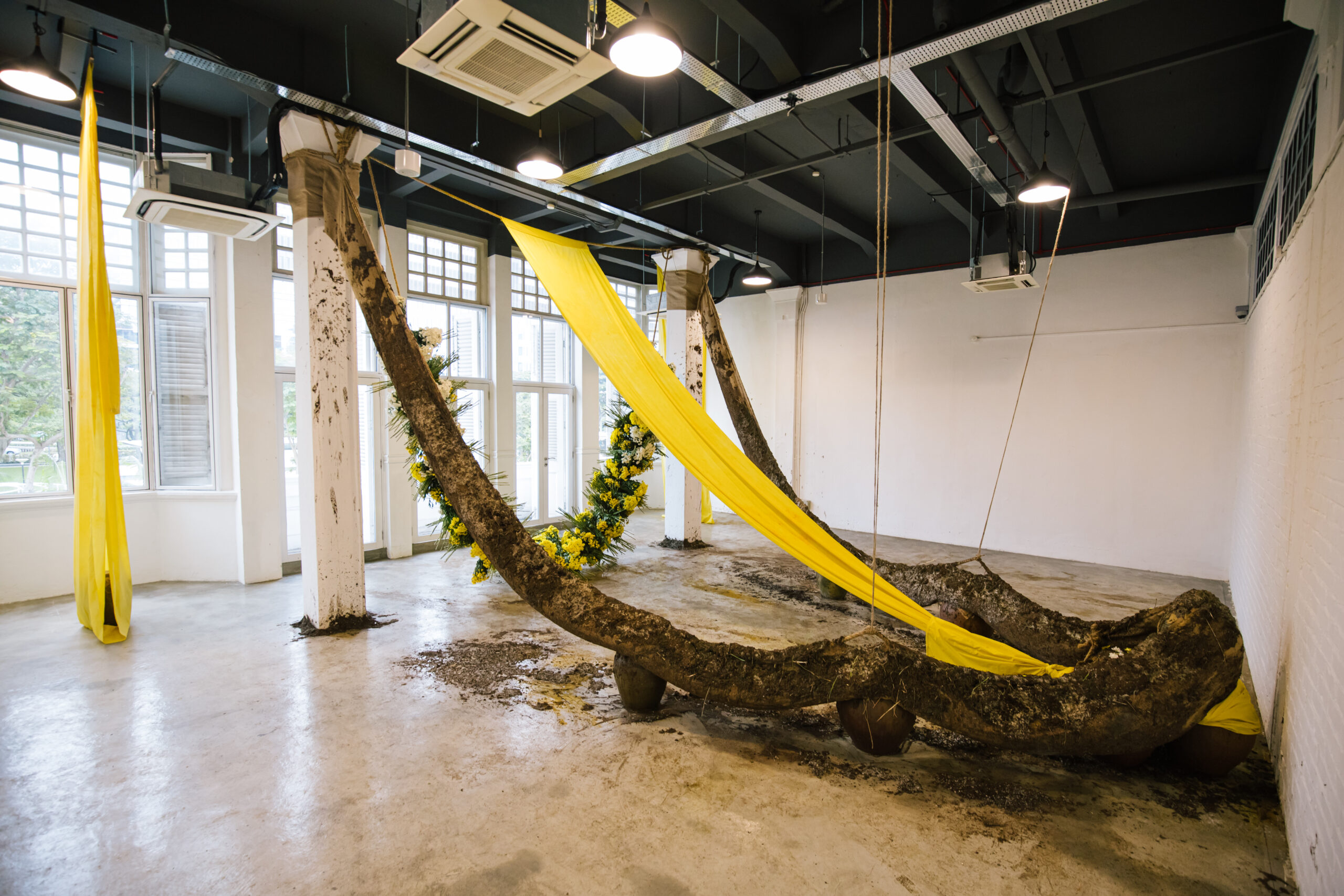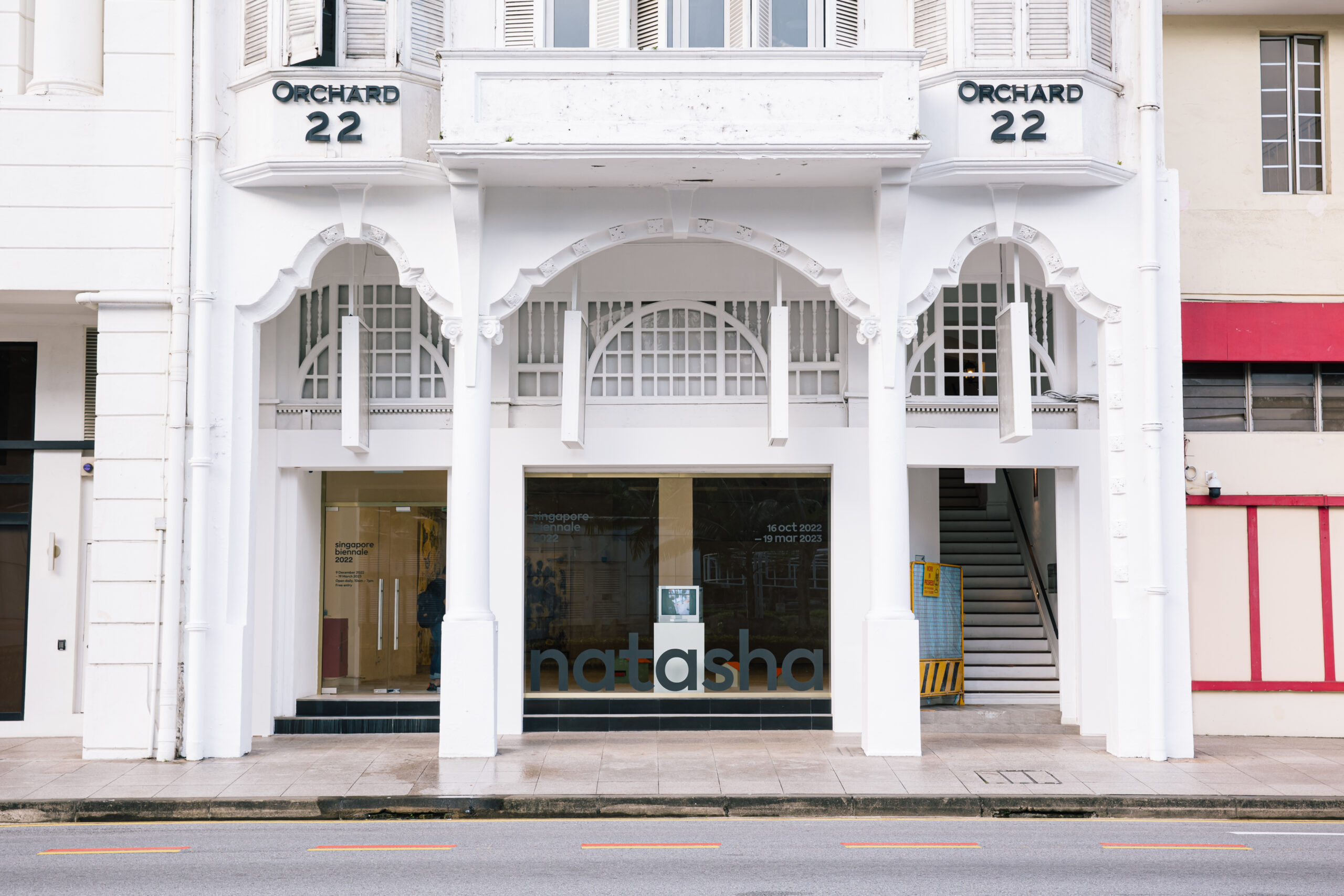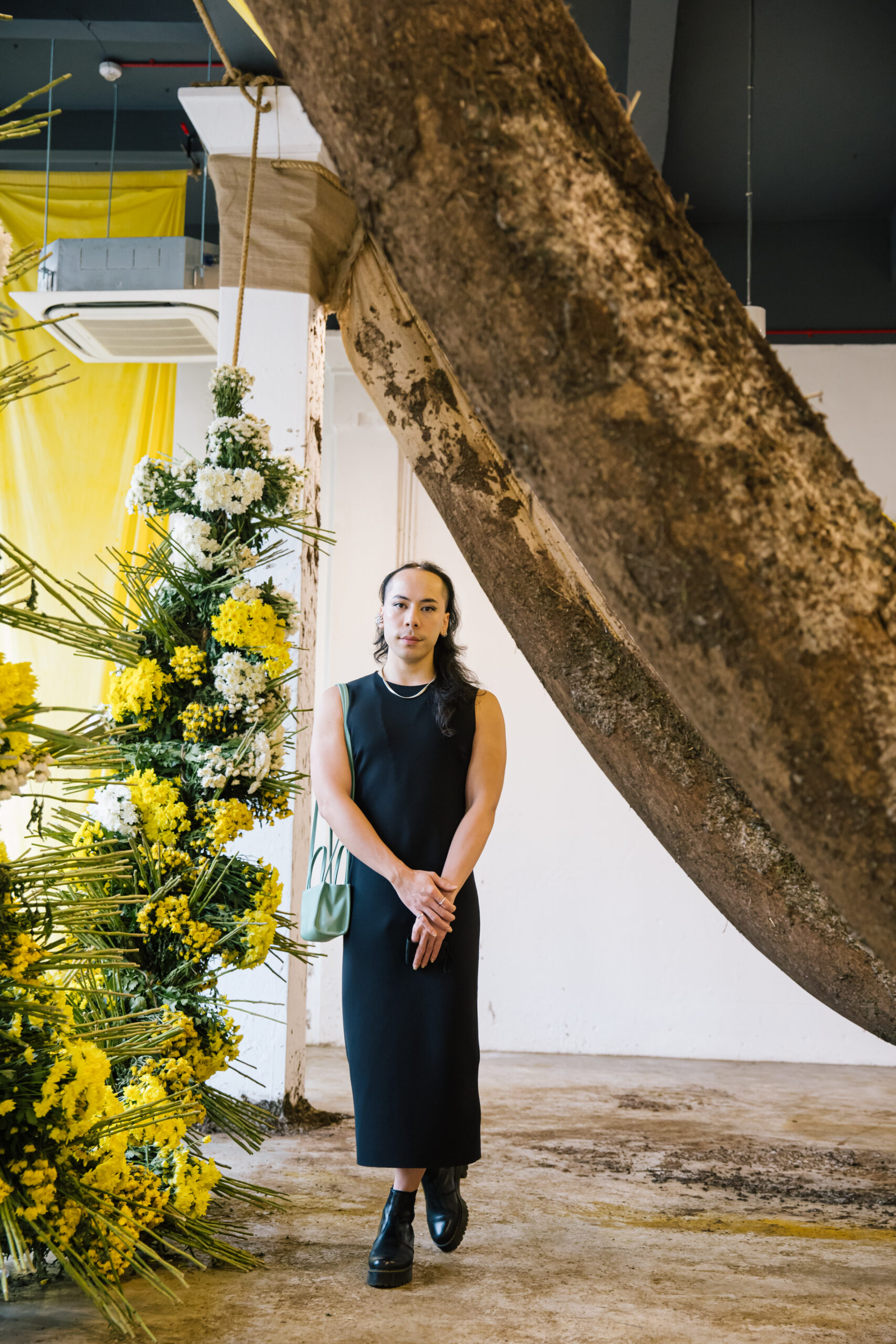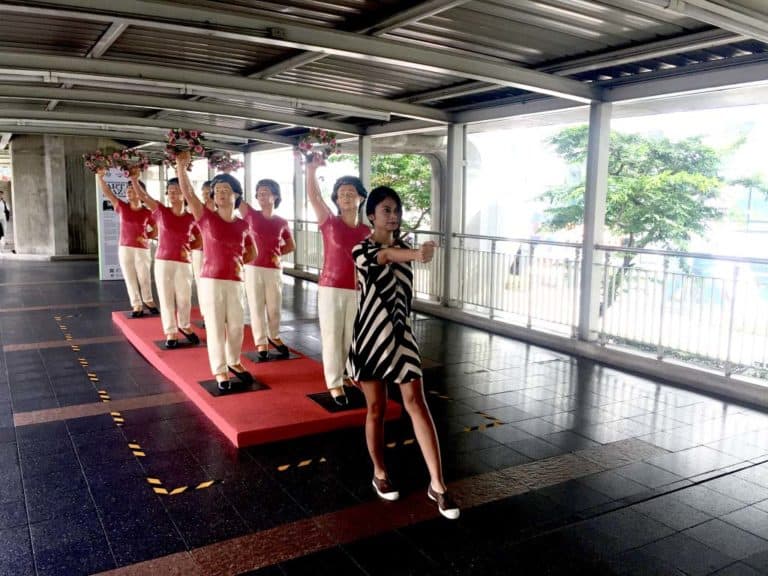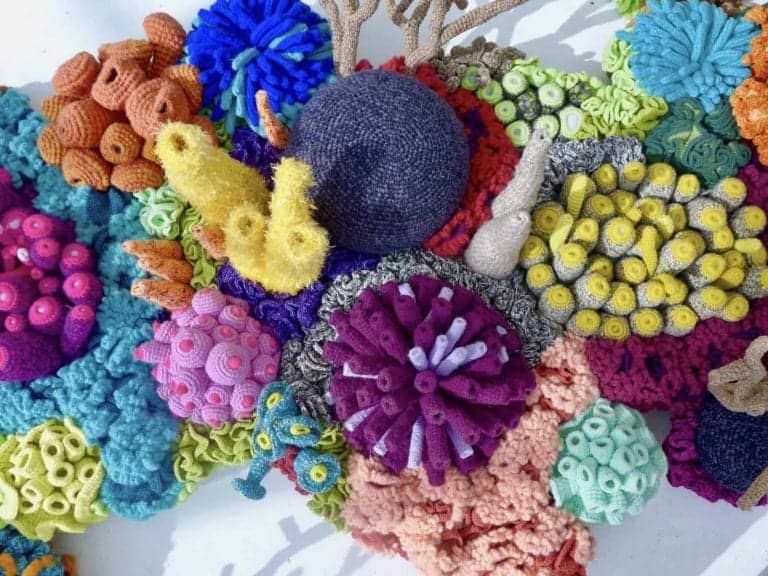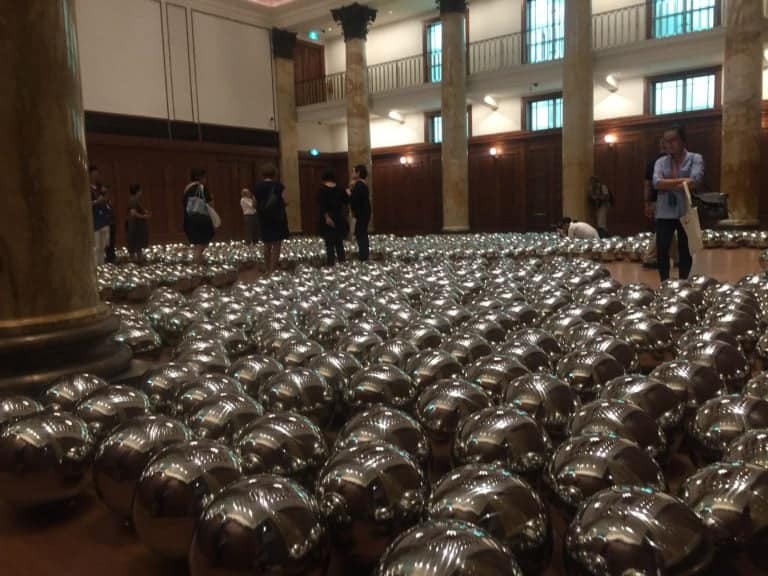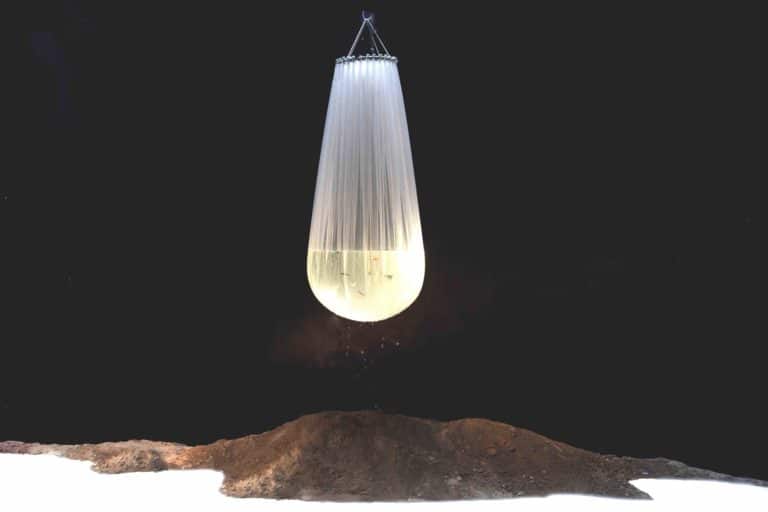Just as the initial excitement of the 2022 Singapore Biennale Natasha wore off well into its third month, a funky fragrance started wafting from a second-storey room in the refurbished Midfilm House building on 22 Orchard Road.
Something between earthy and tangy, the scent beckoned the new year and unwitting visitors to an organism that had begun to lay claim to the space over the last few weeks of 2022.
This came from the unapologetic life form, Fragility Game, a time- and site-specific commission for Natasha by Brazilian-Indonesian artist Daniel Lie. It is also the artist’s first time presenting their research to a Singaporean audience.
I volunteered a couple of my mornings during the holidays at the end of 2022 to help out with the installation of Fragility Game. My first encounter with Lie was not the most graceful, as I stumbled into the room late.
The room, stuffy and complemented by a sterile grey concrete floor, seemed stale on first impression. Reflecting off the harsh white walls, even the natural light made my eyes hurt. Lie, unbothered and deep in thought, was pondering over their sketches of the envisioned artwork at the time.
Eager to see how the work had turned out, I returned to the space on 5 January 2023, the day it officially opened to the public. The fragrance grew stronger as I approached the organism.
A large root-like structure drapes across the middle of the room, resting its weight atop a couple of ceramic vases from Thow Kwang Pottery Jungle. Nestling within the organism’s cosy embrace are four vases, stacked together to resemble an altar. The ends of the root reach upwards, having intertwined with the tops of two pillars.
In Lie’s practice, time is a pillar of reflection. It is the most overlooked source of life and is sometimes perceived as undesirable. Yet Lie brings this fundemental aspect to the fore; recognising the way that these organisms illuminate memories that we may have of materials, people, places, and our sense of mortality.
The origins of Fragility Game’s aesthetic
I asked Lie how their work had arrived at this hanging, tubular form. “It’s a funny story. I used to work with parties. A collective in Brazil,” they began. “The thing is we had very little money and very little time to do something with the space. Then we needed to take [any decorations] out as soon as the party was over.”
And so Lie started adopting a technique of hanging decorations, photographs, and pieces of art for these parties. At the end of the festivities, they could just easily come with a pair of scissors to take it all down. The origins of Lie’s suspended aesthetic stem from the practicality of efficient de-installation. However, this soon became a key component of how Lie creates a presence for their works and shapes the way people interact with the art.
Beside each pillar are turmeric-dyed cloths drooping in symmetry, with Lie mentioning the aesthetic compatibility of the turmeric’s strong yellow pigments with the other elements of the installation.
Although the Golden Spice is known to be an essential ingredient of food, culture, and traditional medicine in Southeast Asia, Lie ultimately leaves the interpretation of their incorporation of turmeric to the viewer.
Another piece of the golden-yellow fabric flows through the middle of the root-like structure, with one end intricately bound to the vases at the large tubular form’s base. Hanging between the pillars is a massive garland made up of bouquets of white and yellow chrysanthemums. Bundles of stalks jut out amidst delicate petals, providing strength and definition. The flowers are at varying stages of decay; some are still crisp and in full bloom, while others have started to weep and fade in colour.
Sowing the seeds of Fragility Game
The work has changed a fair bit since its inception in December. Back then, with gloved hands, Lie and us volunteers applied watered-down soil onto the jute fabric, which was stuffed with hay and sewn at the edges. The feeling of moist foreign soil was oddly comforting, as though I had come into contact with the many hands it had passed through before reaching mine. Careful as we were, we made a mess out of the soil, splattering it all over the floor and white walls.
I remember asking if they wanted the stains removed, to which Lie responded with a twinkle in their eye, “but that’s the best part.”
The soil, once a rich dark brown colour, is now covered with white fuzzy patches of mould. Amidst the fungi, sprouting eagerly in the humid Singapore weather, little seedlings and blades of grass started to inch out of the soil as well.
Death and Decay
If the abundance of mould has not fazed you at this point, perhaps your skin may start to crawl at the sight of flies hovering zealously around the vases’ covered mouths.
The vases are filled with a mixture of rice, sugar and water. Microorganisms work hard to ferment this solution, but this goes largely unacknowledged by the public eye. The smell emanating from the vases evolves as weeks pass, due to the presence and growth of bacteria and yeast.
‘Fragility Game‘ yearns to be experienced sensorially; to evoke our understanding of the passage of time and its influence on organic matter.
“I am Theirs,” Lie said, assuming no authority over the “other-than-human-beings” present within the work.
Even with over ten years of research into and building relationships with these organic materials, the artist admitted that the intensity of fungal activity in this installation was a cause for concern.
With the fungi growing and spreading at an unprecedented rate, it was difficult to anticipate the health hazards they would pose to visitors when exposed to the work. The work is, as Lie mentioned, their lover and sometimes boss after all, and it does what it wants.
Inevitable changes
Everything in this room is bound to change. The chrysanthemums activate the space as they start to fade. Even the turmeric-dyed fabrics, exposed to sunlight day by day, are no longer the vibrant yellow that they were during the opening.
As Lie does not recreate works, visit Fragility Game while you can! Be assured of uncovering new experiences every time you stop by to share the space with millions of visible and invisible beings.
____________________________________
Feature image: Installation view of Daniel Lie’s Fragility Game (2023), as part of Singapore Biennale named Natasha. Image courtesy of Singapore Art Museum.
Daniel Lie’s Fragility Game is on show at Temasek Shophouse, 22 Orchard Road until 19 March 2023. Click here to learn more about Lie.
